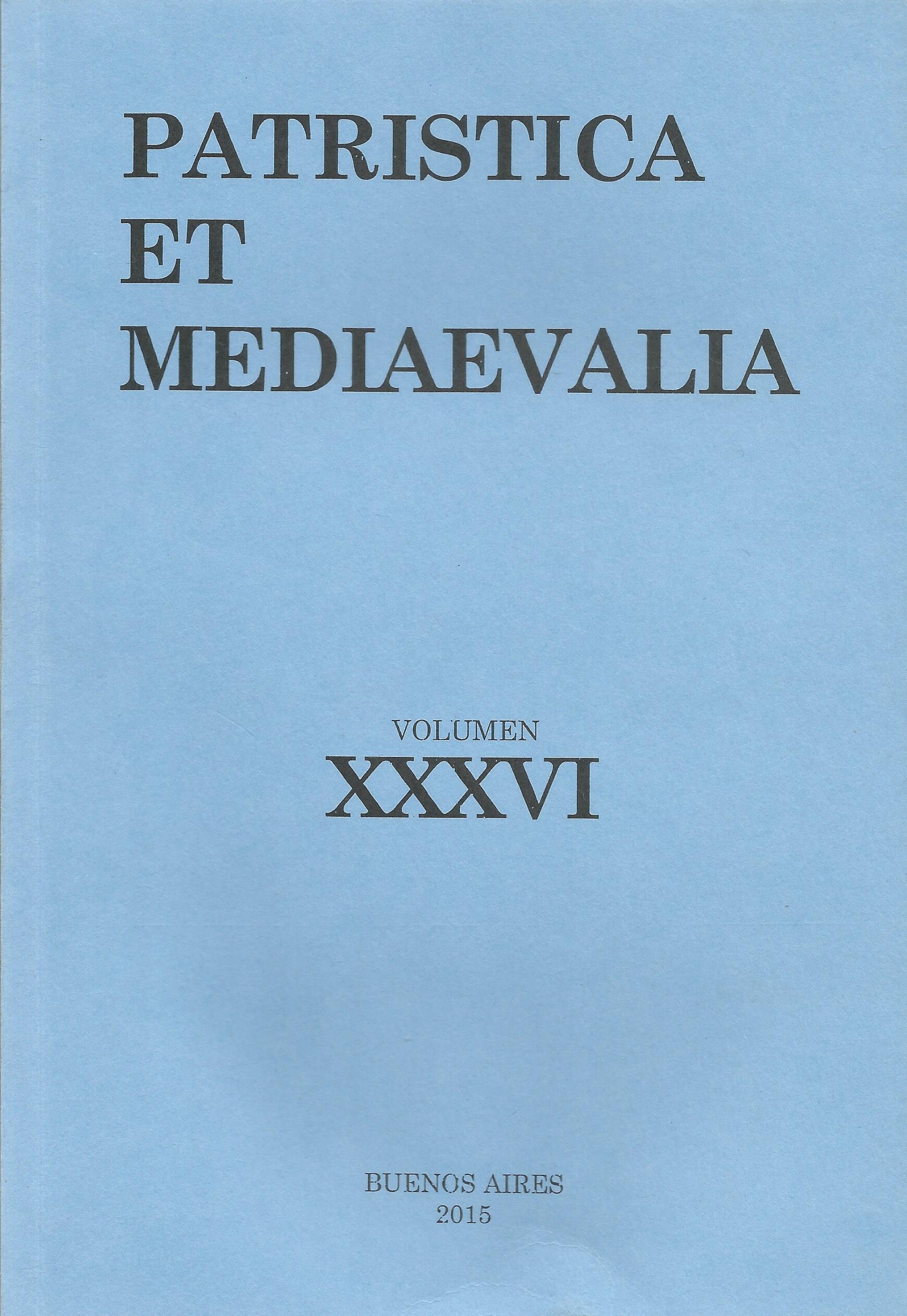Nicholas of Cusa on the Marginal Notes to Confessiones: Codex Cusanus 34
Abstract
From the marginal notes of Nicholas of Cusa to Codex Cusanus 34, which contains the Confessiones of Augustine, we can infer some of the reasons why Cusanus considers Augustine a Platonic: due to his exegesis of the Prologue to the Gospel of John, his assimilation of the “platonic books”, and the way towards truth, which Augustine proposed: from what is exterior to the human mind, to its interior and above it. Nicholas also finds an anticipation of these two points of his doctrine of the vision of God in the goodness of the creatures, God seeing is God creating. Cusanus takes to its last consequences this Augustinian doctrine with the formula “Sis tu tuus, et Ego ero tuus”: God is present in the interior of man, because every man finds his perfection in Jesus.Downloads
References
Beierwaltes, W. (2005). Visio facialis: mirar a la cara. Sobre la coincidencia en el Cusano de la mirada finita y la infinita”. En. Beierwaltes, W. Cusanus. Reflexión metafísica y espiritualidad. Trad. A. Ciria. Navarra: EUNSA, 210-254.
Duclow, D. F. (2011). Coinciding in the margins: Cusanus glosses Eriugena. In Kijewska, A. (Ed). Eriugena Cusanus. Collloquia mediaevalia Lublinensia. Lublin, Wydawnictwo KUL.
Kremer, K. (1986). Gottes Vorsehung und die menschliche Freiheit. Mitteilungen und Forschungsbeiträge der Cusanus-Gessellschaft, 227-261.
Machetta, J. (2006). Intelecto contemplativo en la fórmula cubana ‘Sis tu tus et Ego ero tuus’. En Intellect et imagination dans la Philosophie Médiévale. Actes du Xie Congrès International pour l’Étude de la Philosophie Médiévale (SIEPM). Brepols, 1679-1693.
Machetta, J. (2006). ‘Sé tú tuyo y yo seré tuyo’: Síntesis cubana de antropología y mística. En Machetta, J. Memoria y silencio en la filosofía medieval. Buenos Aires: Jorge Beduino Ediciones, 203-213.
Marx, J. (1905). Verzeichnis der Handschriften-Sammlung des Hospitals zum Cues bei Bernkastel a. l Mosel, 33. Trier: Schaaf und Mathe.
Reinhardt, K. (1998). Anthropologie im Umbruch vom Mittelalter zur Neuzeit. En Schwaetzer, H. & Stahl-Schwaetzer, H. (Ed). L’homme machine? Anthropologie im Umbrach: ein interdisziplinäres Symposion. Ulms: Hildesheim, 219-227.
Schwätzer, H. (2001). ’Sei du das, was du willst!’ Die christzentrische Anthropologie der Freiheit in Sermon CCXXXIX des Nikolaus von Kues. Trierer theologische Zeitschrift 110, 319-332.
Vansteenberghe, E. (1920). Le cardinal Nicolas de Cues. 1401-1464. L’action-La pensée. Paris: Honoré Cahmpion Éditeur.
1. The authors who publish in this magazine accept the following conditions:
-
They retain the copyright and grant to the magazine the right of the first publication, with the work registered under the Attribution-ShareAlike 4.0 International License that allows third parties to use what is published as long as they mention the authorship of the work and the first publication in this magazine.
-
They can make other independent and additional contractual agreements for the non-exclusive distribution of the version of the article published in this magazine (eg. include it in an institutional repository or publish it in a book) provided that they clearly indicate that the work was first published in this journal.
-
They are allowed and recommended to publish their work on the Internet (for example on institutional or personal pages).
2. AutoArchive Conditions. Authors are allowed and encouraged to distribute post-print electronic versions of their manuscripts because it promotes their circulation, a possible increase of quotation and a major reach among the Academic community. Color RoMEO: blue.













